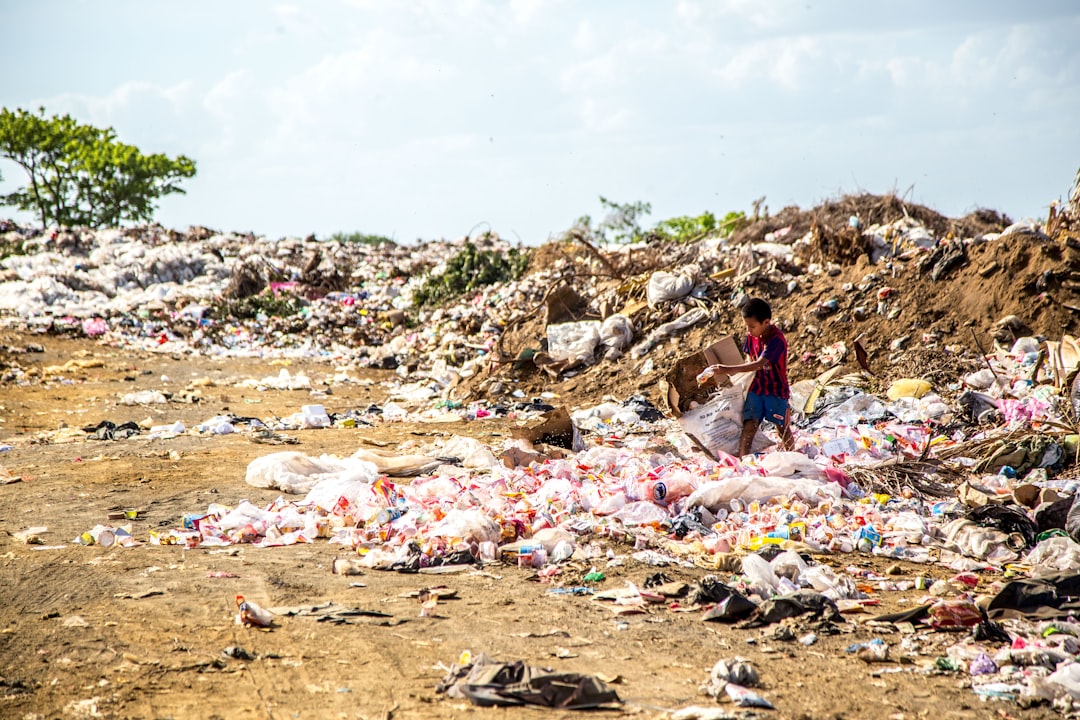What is it about?
Climate change and various other factors can increase the algal bloom incidents which may produce cyanotoxin. For countries depending on seawater as a resource for producing drinking water, care should be taken to provide toxin-free water. In our work, results of drinking water samples collected across Doha analyzed for cyanotoxins through the ELISA method were provided. Experiments were carried out in drinking water spiked with a very low concentration of toxin (50 ppb) levels using ozonation and ozone-based advanced oxidation process.
Featured Image

Photo by Nick Fewings on Unsplash
Why is it important?
We have carried out degradation experiments in drinking water siked with a very low initial concentration of toxin. Also, the effect of dissolved organic carbon (DOC) and temperature on toxin degradation efficiency was studied. Because DOC can act as a scavenger during oxidation process and the levels were fixed based on actual values observed during our sampling survey.
Perspectives
I hope readers get the real case picture on the main parameters to be considered to treat drinking water with cyanotoxin using ozonation and advanced oxidation process. This publication was made possible by NPRP grant #NPRP9-159-2-087 from the Qatar National Research Fund (a member of Qatar Foundation) and the contents of this article are solely the responsibility of the author(s).
Guhankumar Ponnusamy
Qatar Foundation
Read the Original
This page is a summary of: Removal of cyanotoxins in drinking water using ozone and ozone-hydrogen peroxide (peroxone), Journal of Water Supply Research and Technology—AQUA, September 2019, IWA Publishing,
DOI: 10.2166/aqua.2019.028.
You can read the full text:
Contributors
The following have contributed to this page










